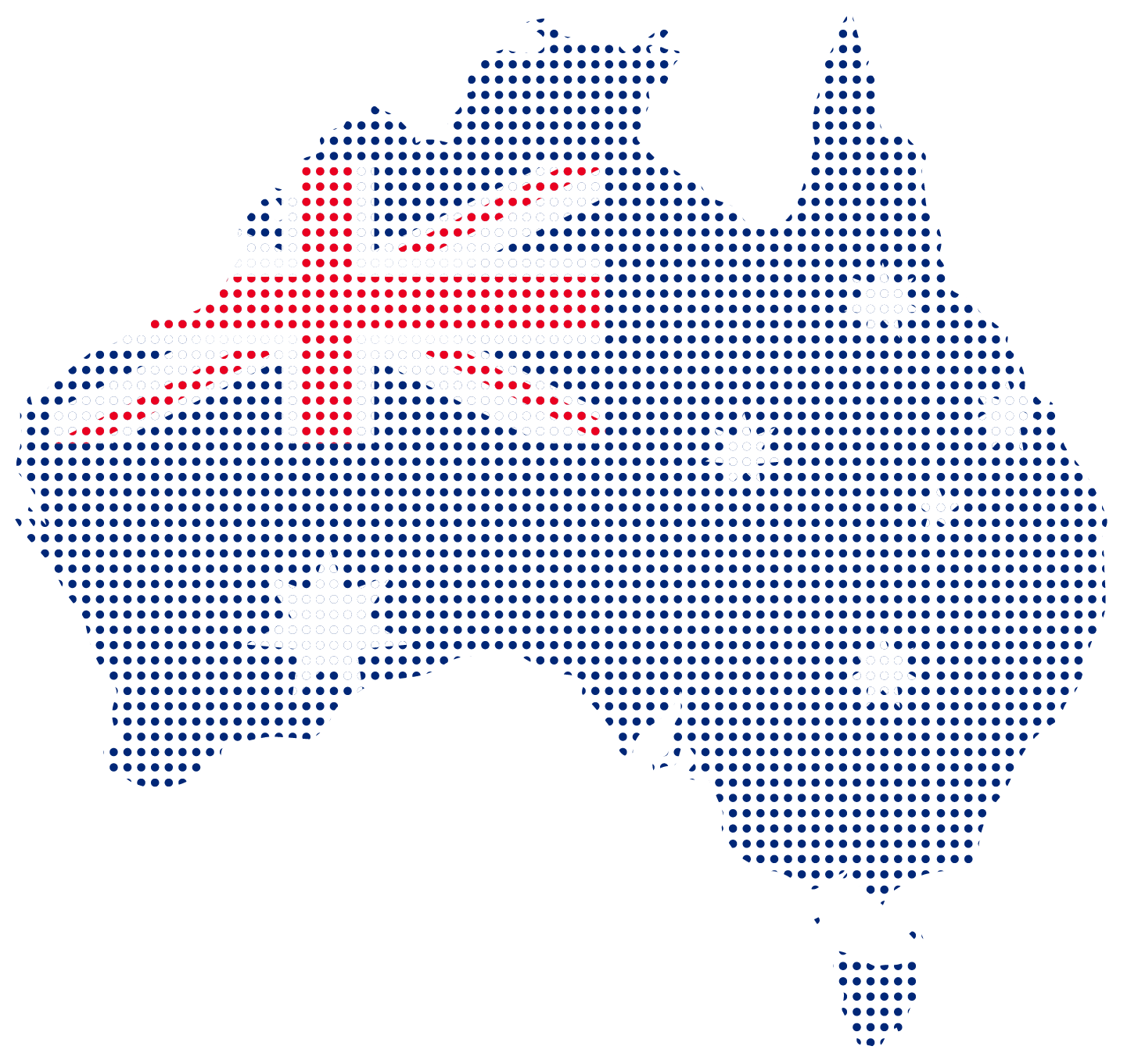Ever pondered the distinctions between 1300 and 1800 numbers and which would be the most appropriate for your company? Which one ought you to pick for your business? Are 1300 numbers free or Are 1800 numbers free?
Let Quantacom answer you in detail for your better understanding. Both numbers have precisely the same features, functions, and configuration options so, are same in that regard. Both of these numbers are totally portable and available nationally, thus they are not bound to a certain phone exchange or region. Additionally, they provide a variety of call handling and routing solutions that may be customized to meet specific company requirements.
Difference between 1300 and 1800 Numbers:
Any landline or mobile phone in Australia can accept calls from 1300 and 1800 numbers because they are location-independent. You can transfer your phone number whenever you move because it is a virtual service and won’t cost you anything to move.
Account holders of the 1300 and 1800 numbers are both charged for all incoming calls. The cost is set by the call’s origin and is based on the rate there. Because the caller and the recipient split the cost of the call.
1300
Calls to a 1300 number are shared by the caller and your business from any landline in Australia, charged at the local rate. This is the rationale behind the frequent use of the term “local rate numbers” to describe 1300 numbers. Higher call rates apply when calling from a mobile device. The mobile phone carrier determines them, and they vary between service providers. These calls, which are set by the service provider for the 1300 number, are also charged to the owner of the 1300 number. Only if your mobile plan includes unlimited minutes, as the majority do, are calls to these numbers from your mobile device free of charge. Calling 1300 free numbers will still use your minutes if you have a per-minute plan.
1800
The 1800 number’s owner is liable for covering the cost of each call. The caller is not responsible for paying for the call. An 1800 number cost is free from any landline in Australia. This is the rationale behind the frequent use of the terms “Toll-Free” or “Free Call Numbers” to describe 1800 numbers. Calls from mobile devices to the 1800 numbers were commonly charged by the mobile carriers, and the caller was subject to a fee, prior to the ACMA finding that a free call should be free regardless of the dominant communication technology. Since that time, calls to 1800 numbers are no longer billed to the calling party. Each incoming call to the 1800 number incurs a fee, which varies in price. An 1800 number is a great approach to get people to contact if your company is ready and prepared to grow. You’re saying, “Hey, this call is on me,” in this way. What can I do for you today?
Cost Analysis of 1300 and 1800 Numbers:
Call Cost to Caller:
- The cost of a local call applies to calls made from any landline in Australia to a 1300 number. It is for this reason why 1300 numbers are frequently referred to as Local Rate Numbers. When phoning from a mobile phone, higher fees apply. They differ between carriers and are decided by the mobile phone firm.
- When dialing an 1800 number from any Australian phone line, even a mobile, the call is free. Due of this, 1800 numbers are frequently referred to as Toll Free or Free Call Numbers.
Call Cost to Business:
Both numbers’ account holders are charged for each incoming call. The price is determined by the call’s origin and is charged at that location’s rate. The rates at which calls are charged vary between the different numbers. Due to the fact that the call cost is split between the caller and the account holder, call rates for 1300 numbers are often lower.
There are three call sources, and their call rates vary generally:
- Local Calls are calls to landlines made from the neighborhood where the 1300/1800 number is being forwarded.
- Landline calls that come from outside the local calling region of the 1300/1800 number are classified as national calls.
- Calls made from a mobile phone anywhere in Australia are referred to as mobile calls.
The price differential between 1800 and 1300 numbers has decreased due to competition among incoming number carriers and the significantly greater availability of 1800 numbers. Because 1800 numbers are now far less expensive than 1300 numbers, businesses may now provide a free call service to their consumers.
Features of 1800 And 1300 Numbers:
|
Inbound Number |
Digits |
Government |
Inbound Call |
Toll-Free For |
Routing |
IVR |
|
1300 numbers |
1300 XXX XXX |
❌ |
✔️ |
❌ |
✔️ | ✔️ |
|
1800 numbers |
1800 XXX XXX |
❌ |
✔️ |
✔️ | ✔️ | ✔️ |
Transportable-Keep a single number throughout the existence of your company and transfer it from location to location as well as from service provider to service provider.
Flexible-With options for routing that let you choose which phone should ring when someone calls a given number based on details like the caller’s location, the time of day, and whether your phone is being used or not.
Measurable-With integrated reporting features that let you assess and evaluate the success of marketing efforts.
National – Promote a single number for your company that can be used by clients everywhere in Australia, either for free or for the cost of a local call. Additionally, you may offer your clients additional support hours by, for instance, routing calls to your Perth office after 5:00 p.m. EST, when your employees on the east coast have finished for the day.
Professional –Business phone numbers 1300 and 1800 are well-known for being in this category. Even if you operate without a permanent office, having one gives your company a more trustworthy appearance.
Choose the Best Option:
There used to be a problem where more people would call an 1800 number than a 1300 number, but this issue is now less of a concern. Both types of numbers have comparable establishment fees, monthly charges, national and mobile rates. These numbers are not entirely free. Your business will need to bear the cost of providing this line to your customers.
If the majority of your calls will be local, landline-to-landline calls, the 1300 number is the best choice. The initial free minutes will typically cover the majority of calls, so your costs will frequently be close to your monthly service fee.
If the majority of calls aren’t local, landline-to-landline calls, the cost difference between 1300 and 1800 numbers isn’t very noticeable. If so, you might opt for an 1800 number so that your customers can contact you for free.
With an 1800 number, the whole cost will be borne by your business. With a 1300 number, a portion of the cost will be borne by the customer — this is one of the key differences between 1300 and 1800 numbers. If the caller is using a mobile, there may be additional charges for the caller, even if they are connecting to an 1800 or 1300 number — these numbers are intended to be free of charge, or charged at a local rate, for landline calls.
Why choose an 1800 number?
For Callers as
- It cannot not pay any call charges from fixed line phone in Australia
- It pays mobile call rates as per mobile service provider
- It has Toll-free calls
For Businesses as
- It pays all call charges for duration of incoming call
- It provides options for different monthly call plans based on incoming call volumes and features
- It has flexible routing options
- It is compatible with add-on features
- It has no call inclusions or free-talk times available on plans.
Why choose a 1300 number?
For Callers as
- It pays standard local call charges from any fixed line phone in Australia
- It pays mobile call rates as per mobile service provider
- No toll-free calls
For Businesses as
- It pays local and national call rates for duration of incoming call
- It give options for different monthly call plans based on incoming call volumes and features
- It Includes minutes for incoming local and national calls
- It has flexible routing options
- It is compatible with add-on features
Conclusion:
Choosing the right plan depends on your business objectives. 1300 plans are a cost-effective option, to get your brand onto the national stage. 1800 toll-free plans can be a powerful edge over your competitors, and drive your business into the big time. The main difference between 1800 and 1300 numbers would be the way the calls are charged. Calls made to 1300 numbers are charged to both the caller and the business.
1800 numbers on the other hand, are toll-free numbers or free-call numbers because there is no charge to the caller when dialing local fixed line. Since 1800 numbers have been in-use in Australia for a long enough period of time, the majority of people are pretty much familiar with them and feel confident when calling. The popularity of 1300 numbers is not well recognized.





